baryton
[French]
1. French term for baritone horn.
2. German term for Euphonium.
Also [Eng.] euphonium, [Fr.] euphonium, [Fr.] basse à pistons, [It.] eufonio, [Ger.] Euphonium, [Sp.] euphonium, [Sp.] bombardino.
3. 18th century bowed stringed instrument.
CLASSIFICATION: chordophone, bowed stringed instrument
HISTORY: The baryton is a bowed stringed instrument similar to the . It is a hybrid instrument based on the baroque bass viol and includes features of the lyra viol and the bandora (a metal-strung plucked bass instrument). The instrument is bowed like a and simultaneously plucked from behind the fingerboard. The strings behind the fingerboard also act as sympathetic strings that will resonate along with the frequencies from the bowed strings. These unique features provided a rich palate of sounds for the composer and musician. Originally, the baryton was performed with the bowed strings playing the melody while the plucked strings provided the accompaniment. In later years, it became less common to hear both sets of strings played simultaneously, especially in chamber music. The two sets of strings were more likely to be performed in alternation. The original baroque practice of playing a melody with accompaniment was left to only the most skilled performers.
The baryton was said to have been invented in England by Daniel Farrant, but that is of some debate. It is clear that versions of the baryton were in existance early in the 17th century in Germany (c. 1618) and England (c. 1608). By the 18th century, barytone parts were notated in the treble clef, sounding an octave below. Numbers below the staff indicated the strings to be plucked. The plucked strings were indicated from lowest to highest in this period.
Austria and southern Germany was where the baryton was most developed. Most notably in the court of Prince Nicolaus Esterházy. Court composer Franz Joseph Haydn composed numerous chamber works for the baryton as his patron, Prince Nicolaus, was an amateur musician who played the baryton. Haydn composed for baryton between 1765 and 1778 and a common baryton trio included the baryton, viola and cello. By 1800, the baryton was still in use, but it's popularity was waning. The baryton is also know by several other names and variations of those names including bariton, barydon, paradon, paridon, pariton, viola paradon, viola di bordoni, , and .
Although the baryton was seldom heard in concert by the end of the 19th century, there was a late 20th-century revival with a number of composers writing new compositions for the baryton. Additionally, the International Baryton Society was formed in 1992 to coordinate and promote baryton research and performance.
PHYSICAL DESCRIPTION: The baryton is a large instrument), similar to a bass viol. Often known as the "instrument) of kings", most barytons are highly ornamented with decorative carvings. This includes carved scrolls, (often in the shape of heads and painted), and inlays using ivory, ebony or mother-of-pearl. Early descriptions of the baryton indicated that it was a bass viol with the addition of wire strings to make the sound better. There are three basic versions of the baryton found today; baroque, classical and revival.
The baroque baryton has six bowed gut strings (like a bass viol) over a very broad neck with a fingerboard with seven frets (known as the upper manual). The fingerboard is hollowed in the rear to accommodate as many as twenty sympathetic strings (known as the lower manual). Originally, the baryton had nine metal bass strings in the lower manual that ran parallel to the fingerboard on the and were plucked from behind the neck with the left thumb. They provided the baryton with the capability to simultaneously play melody and accompaniment while enhancing the sound by sympathetic resonance. The number and pitch range of the metal plucked strings was later increased and sometimes a third manual, with gut strings, was added.
The classical baryton was used extensively in the Esterházy court during the 1760s and 70s with around 170 compositions by court composer Franz Joseph Haydn The lower manual was tuned to the same pitch range as the upper four strings of the upper manual with a seventh bowed string and a lower manual of 15 or more metal strings. The strings in the lower manual were connected to individual bridges and tuned with tuning pegs from the head of the instrument. Later in the century, up to 44 lower manual strings were used on some barytons.
The revival baryton closely resembles the Esterházy instrument. This was a heavier instrument but, was soon replaced by lighter instruments.
SOUND PROPERTIES: The sound of the baryton is like that of a with the sympathetic strings providing a unique and warm resonance. When the strings of the lower manual are plucked, they create an effect of a lute accompaniment.
RANGE: Typically, the six bowed strings in the upper manual are tuned like those of the D - G - c - e - a1 - d1, but it was common that the baryton also used scordatura tunings. The sympathetic strings in the lower manual are tuned in diatonic or chromatic progression, and since there were numerous variations in the number of strings in the lower manual, there is no standard tuning for this manual.
Example
 Six-stringed baryton
Six-stringed baryton
See Also
[English] paradon[English] paridon
[English] pariton
[German] Bariton
[German] viola di bordone
[Italian] barydon
[Italian] viola paradon
[Italian] viola di bordoni
[Italian] viola di bardone
Share
Tweet
Last Updated: 2016-05-14 02:07:10

